Last year, I spent 28 days eating my way through Vietnam and now I’m heading back for another 25 days. After all those noodle slurps, sidewalk snacks, and borderline food comas, I finally have the courage (and appetite) to write this.
So, let’s get straight to the point: Is Vietnamese food good? YES. It’s fresh, flavorful, balanced, and somehow both comforting and exciting at the same time.
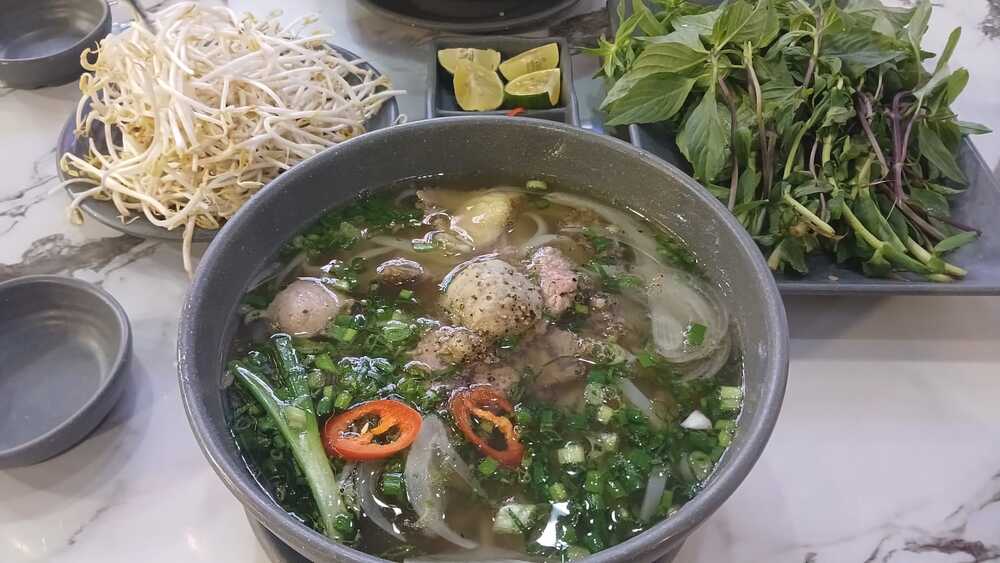
Here are my 13 favorite Vietnamese dishes, authentic, unforgettable, and 100% worth traveling for.
1. Pho (Phở)
Pho is Vietnam’s national dish, a rice noodle soup typically made with a clear, slow-simmered broth, thinly sliced beef or chicken, and garnished with lime, bean sprouts, Thai basil, and chili.
It originated in northern Vietnam in the early 20th century and has since become the country’s most iconic culinary export.
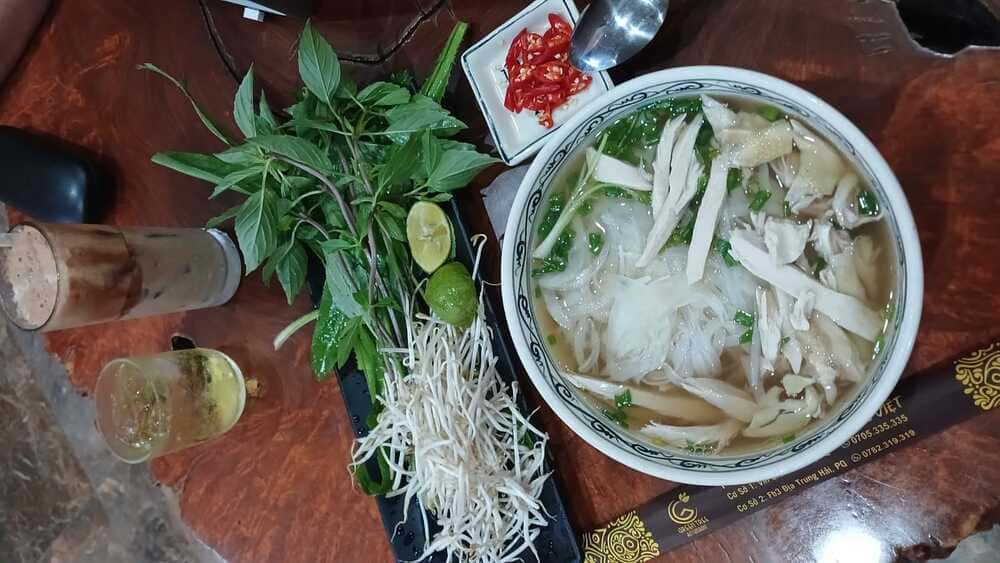
Types of Pho:
- Phở Bò: Beef pho (the classic version)
- Phở Gà: Chicken pho
- Phở Tái: Rare beef slices added raw and cooked in hot broth
- Phở Sốt Vang: A red-wine-spiced, beef stew-style pho
Flavor profile:
Rich, umami-laden broth made from bones simmered for hours, balanced with aromatics like star anise, cinnamon, and charred onion.
2. Banh Mi (Bánh Mì)
Banh mi is a crispy-on-the-outside, fluffy-on-the-inside French baguette filled with a flavorful mix of Vietnamese ingredients. It’s a product of colonial history, where French bread met local flavors and the result is insanely good.
Common fillings include:
- Pâté (often house-made)
- Grilled pork, BBQ chicken, pork floss, or tofu
- Pickled daikon and carrot
- Fresh cilantro, cucumber slices, and chili
- Maggi seasoning or soy sauce
It’s portable, affordable, and endlessly customizable. You can grab a banh mi for breakfast, lunch, or a midnight snack and it’ll cost you around $1–2.
Variations:
- Bánh Mì Thịt Nướng: Grilled pork
- Bánh Mì Chay: Vegetarian
- Bánh Mì Ốp La: With a fried egg
- Bánh Mì Pha Lê: Cold cuts with mayo and pate
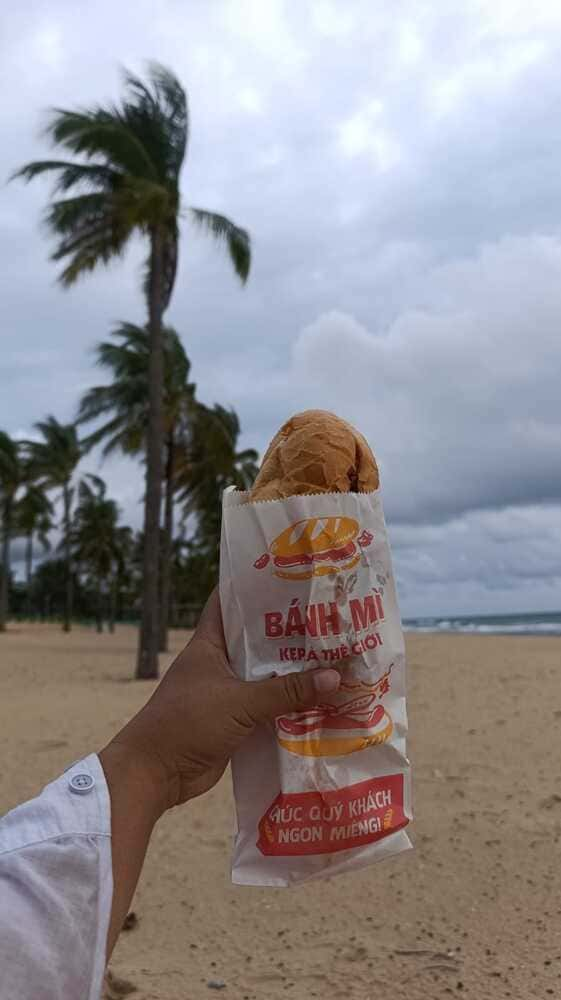
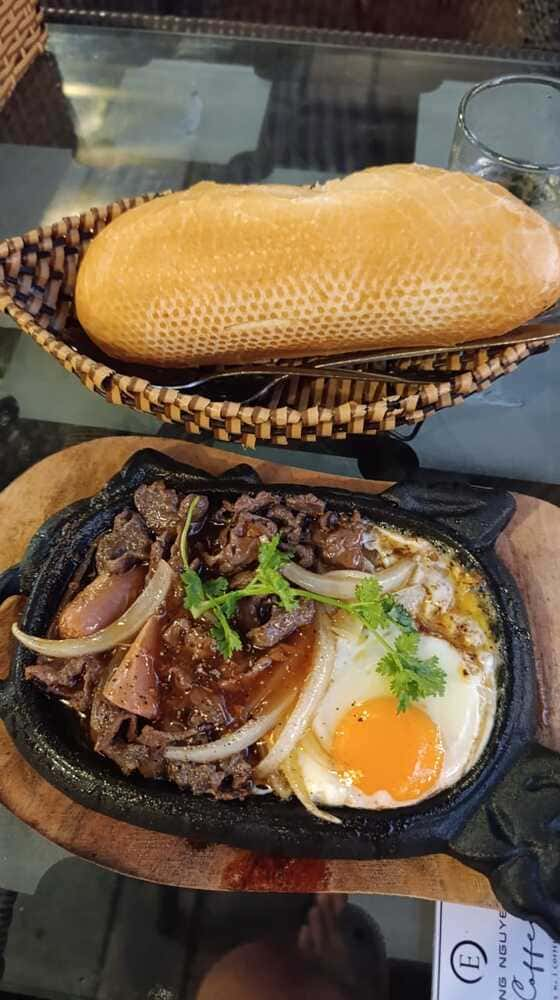
3. Bun Cha (Bún Chả)
Bun Cha is a northern Vietnamese classic: grilled fatty pork patties and slices served with a bowl of cool vermicelli noodles, fresh herbs, and a tangy, slightly sweet dipping sauce made of fish sauce, vinegar, sugar, garlic, and chili. Diners dip the noodles and pork in the sauce or combine everything in one bowl.
The smoky, caramelized pork perfectly balances with the bright, herbal, and acidic dipping sauce. It’s refreshing yet hearty, great for lunch or dinner.
4. Banh Xeo (Bánh Xèo)
Banh Xeo literally means “sizzling cake”, a crispy, savory rice flour pancake packed with shrimp, pork, bean sprouts, and green onions. It’s folded over and served with fresh lettuce and herbs, which you use to wrap pieces before dipping in a sweet and sour fish sauce.
It’s crispy, light, and filled with fresh flavors and textures. The combo of crunchy pancake and cooling herbs is addictive.
5. Cao Lau
Cao Lau is a Hoi An specialty featuring thick, chewy rice noodles, slices of roasted pork, fresh herbs, crunchy rice crackers, and a small amount of savory broth. The noodles are said to be made with water from ancient Cham wells, giving them a unique texture.
The texture of the noodles is unlike any other Vietnamese noodle dish. It’s a delicate balance of savory, fresh, and slightly crunchy from the crackers.

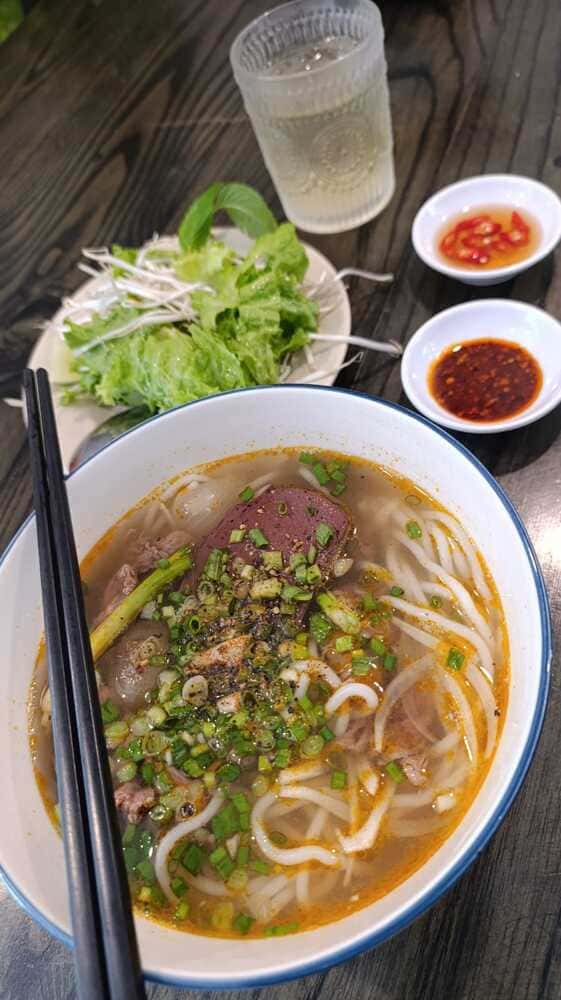
6. Hu Tieu (Hủ Tiếu)
Hu Tieu is a versatile noodle soup from the south, often served with a clear, sweet pork broth and a mix of seafood, pork, or beef. The noodles can be served in soup or dry with broth on the side.
It’s lighter than pho but equally flavorful, with a pleasantly sweet and savory broth that’s comfort in a bowl.
7. Com Tam (Cơm Tấm)
Com Tam means “broken rice” and is a southern Vietnamese favorite often eaten for breakfast or lunch. It’s served with grilled pork chops, shredded pork skin, a fried egg, pickled vegetables, and fish sauce.
The broken rice has a unique, slightly gritty texture. The grilled meats are tender and smoky.
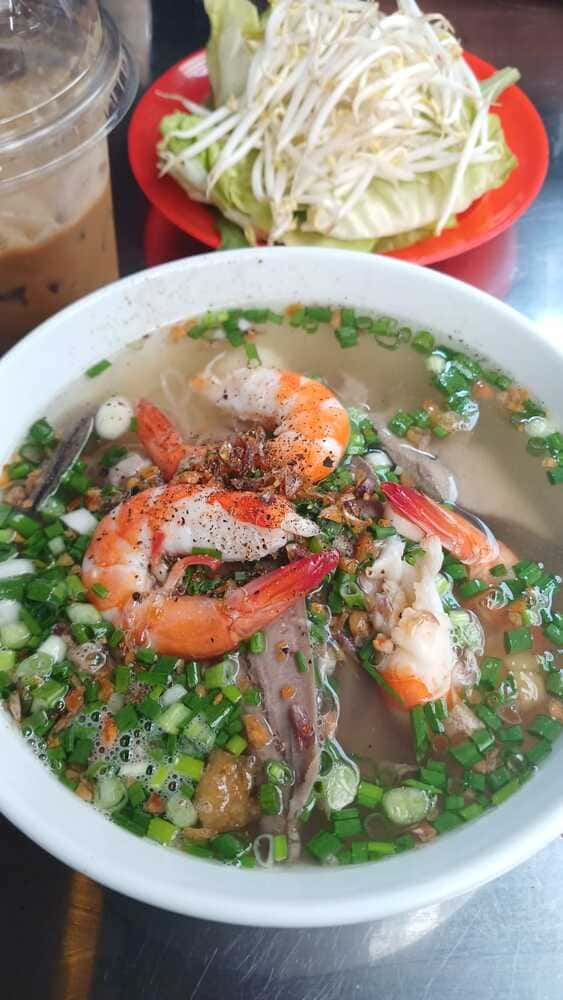
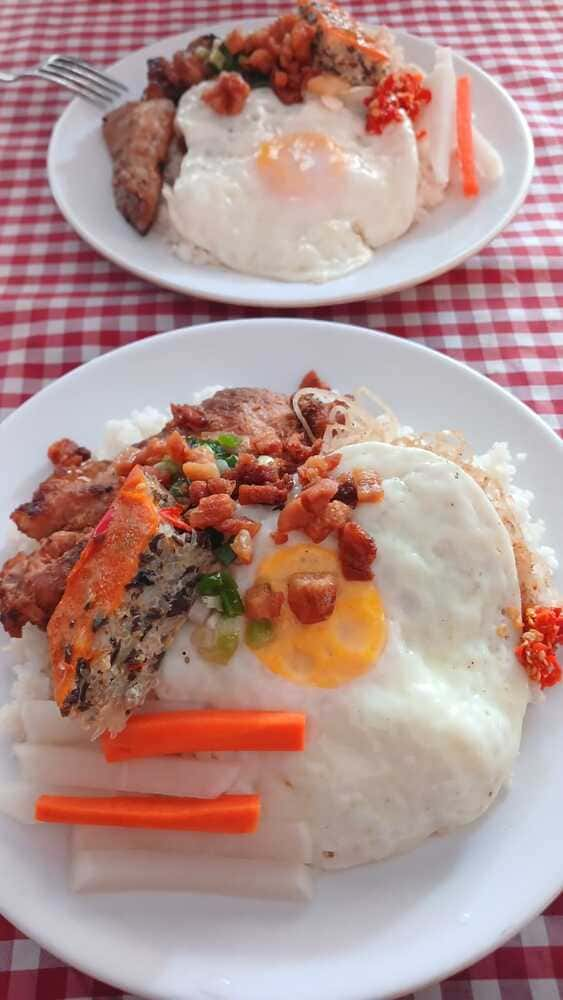
8. Goi Cuon (Gỏi Cuốn)
Goi Cuon are fresh spring rolls made with translucent rice paper, packed with shrimp or pork, vermicelli noodles, fresh herbs, and lettuce. They’re served cold with a side of rich, savory hoisin-peanut dipping sauce or a tangy fish sauce-based dip.
They’re light, healthy, and bursting with fresh flavors and crunch. Perfect as a snack, appetizer, or light meal.
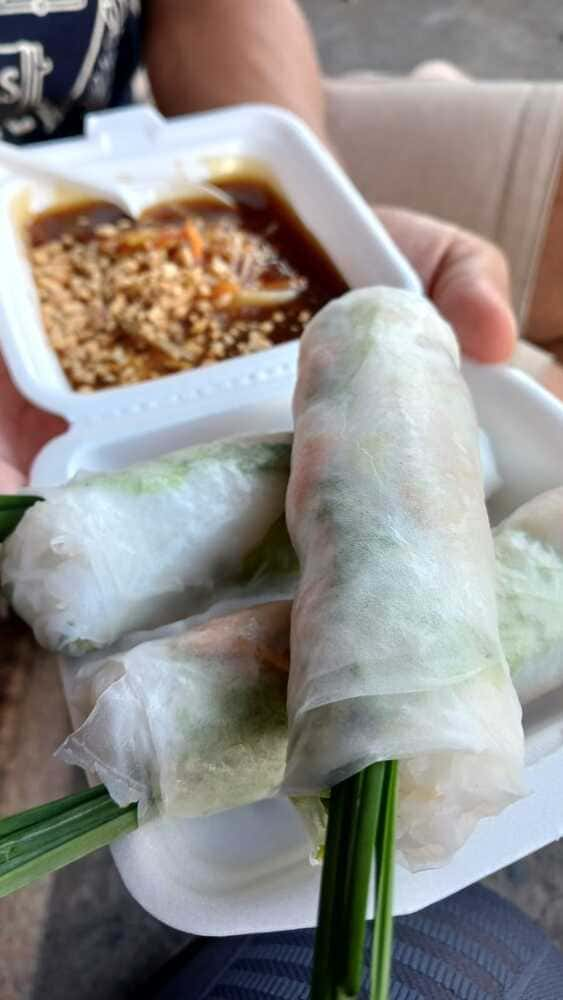
9. Cha Ca (Chả Cá)
Cha Ca is a Hanoi specialty featuring turmeric-marinated grilled fish served sizzling with fresh dill, spring onions, and peanuts, over vermicelli noodles. Diners often cook it at the table in a small skillet.
The unique aroma of dill combined with turmeric and crispy fish creates a flavor profile you won’t find anywhere else. It’s a must-try for adventurous eaters.
10. Kem bơ (Avocado Ice Cream) and Coconut Ice Cream
A must-try in Vietnam, kem bơ is a creamy blend of ripe avocado and sweetened condensed milk, topped with coconut ice cream, crunchy coconut flakes, and sometimes jelly or roasted peanuts. This refreshing dessert is especially popular in southern Vietnam, offering a perfect balance of richness and tropical sweetness.

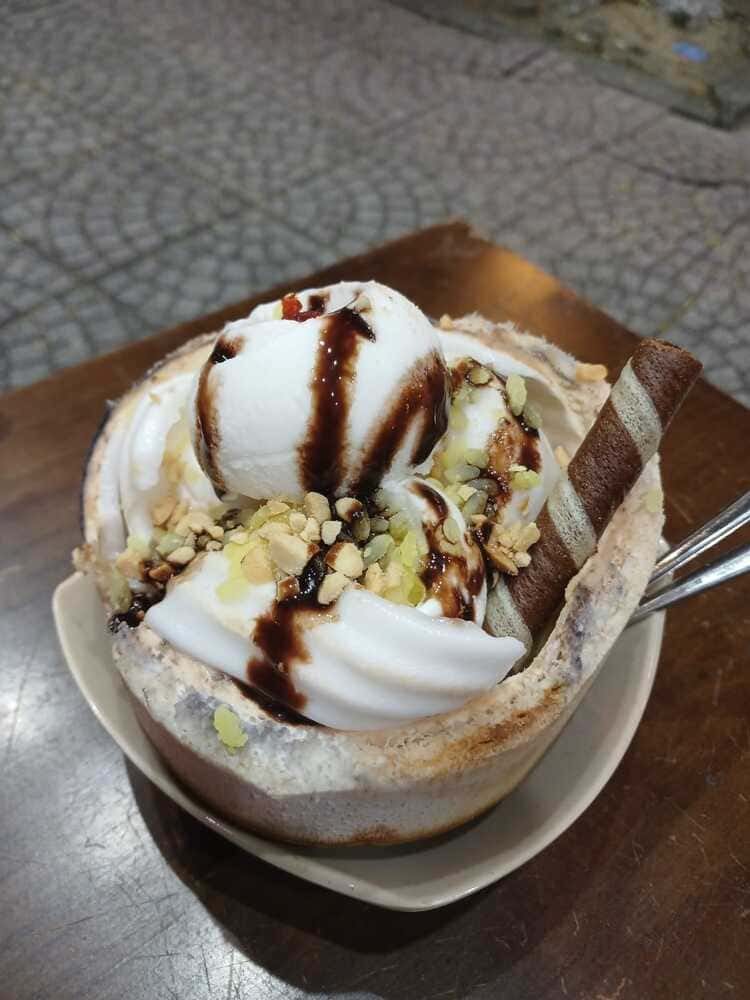
11. Nem Ran (Nem Rán) / Cha Gio (Chả Giò)
These are deep-fried spring rolls filled with a savory mix of pork, shrimp, mushrooms, and vegetables, wrapped in rice paper for an ultra-crispy finish.
The crunchy texture combined with fresh herbs and the dipping sauce makes these a perennial favorite snack or appetizer.
Where to try it:
- Almost anywhere in Vietnam: From street stalls to restaurants.
- Nem Ran Hanh Hoa (Hanoi): Famous for their generous fillings and crispy skins.
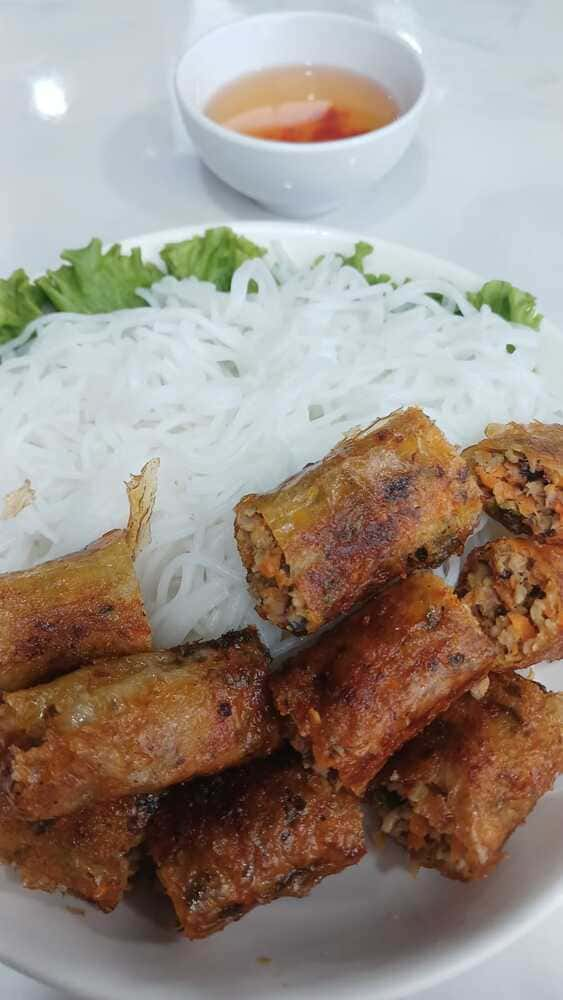
12. Mi Quang (Mì Quảng)
Mi Quang is a turmeric-yellow noodle dish from Quang Nam province featuring thick rice noodles, shrimp, pork, peanuts, fresh herbs, and a small amount of intensely flavored broth.
Unlike soup-heavy Vietnamese noodles, Mi Quang has just a splash of broth to keep noodles moist. The combination of crunchy peanuts, fresh greens, and rich meat makes it a textural delight.
13. Lau Hai San (Lẩu Hải Sản)
Lau Hai San is a flavorful Vietnamese seafood hot pot packed with fresh shrimp, squid, fish, mussels, and sometimes crab, cooked tableside in a bubbling, aromatic broth infused with lemongrass, tamarind, and fresh herbs.
It’s interactive, communal, and perfect for sharing with friends or family. The broth is tangy, savory, and fragrant, complementing the sweet freshness of the seafood.
Where to try it:
- Seafood restaurants in coastal cities like Nha Trang, Da Nang, and Ha Long Bay: Known for the freshest catches and authentic flavors.
- Local eateries in Ho Chi Minh City: Offering delicious versions with a southern twist.
Essential Tips for Eating Vietnamese Food Like a Local
Exploring Vietnamese cuisine is a delicious adventure but a few insider tips can make it even better. Whether you’re new to Vietnam or a seasoned traveler, these simple pointers will help you enjoy every bite confidently:
- Don’t Be Afraid to Try Street Food: Vietnam’s street food is world-famous for a reason, it’s fresh, affordable, and packed with flavor. Look for stalls with:
✅ High turnover (lots of customers means fresh food)
✅ Locals lining up, it’s a great sign!
✅ Food cooked fresh to order - Learn Basic Vietnamese Food Phrases: It’s polite and fun to try a few words when ordering like: “Không cay” = Not spicy, “Tính tiền” = The bill, please.
- Balance Your Flavors with Condiments: Vietnamese tables often have fish sauce, chili, lime, and sugar to customize flavors. Don’t be shy to mix and match to suit your taste!
- Use Fresh Herbs Liberally: Herbs like mint, cilantro, Thai basil, and perilla are essential to the Vietnamese eating experience. Don’t hesitate to add more to your dish, they bring brightness and complexity.
- Eat Like a Local, Share and Sample: Vietnamese meals are often shared family-style. Order a few different dishes to taste a variety of flavors and textures.
- Watch Out for Spiciness: Vietnamese food can range from mild to very spicy. If you’re sensitive to heat, always ask for “không cay” (no spice) or “hơi cay” (mild spice).
- Stay Hydrated with Fresh Drinks: Try fresh sugarcane juice, iced Vietnamese coffee, or a cool coconut water to refresh your palate between bites.
- Respect Local Dining Customs: Use chopsticks for noodles and rice paper rolls, it’s common to eat quickly and chat between bites rather than long drawn-out meals, tipping isn’t mandatory but appreciated.
- Allergy & Dietary Restrictions: If you have allergies, print a card with Vietnamese translations explaining what you can’t eat, it’s very helpful when ordering.
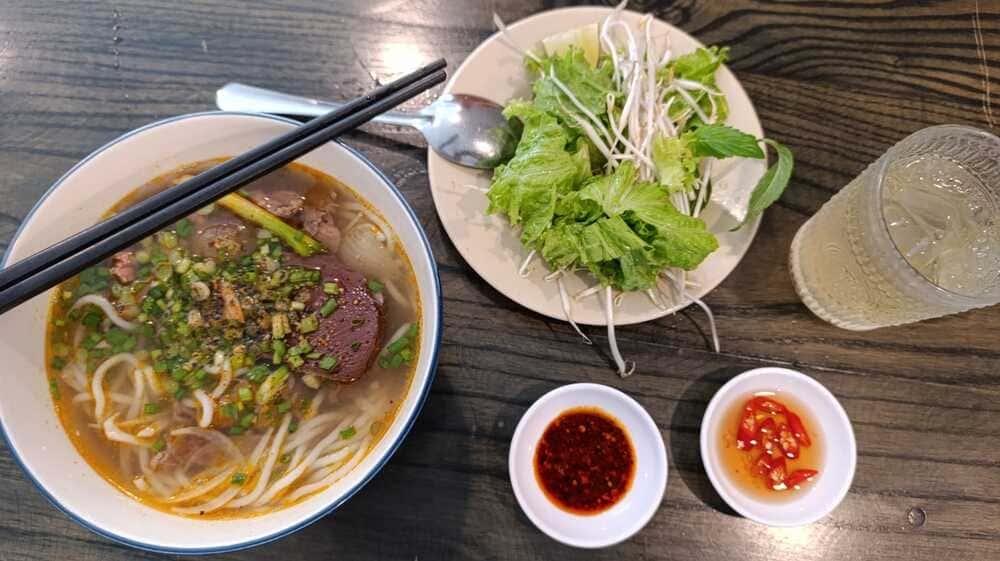
Most Vietnamese food is not halal.
If you’re planning a trip and wondering, “Is Vietnamese food good?” , the answer is a massive yes. It’s flavorful, affordable, and incredibly diverse. But here’s something important, especially for Muslim travelers:
Dishes commonly contain pork, fish sauce, and animal-based broths. Halal options do exist, especially in cities like Ho Chi Minh City and Hanoi, but you’ll need to be more cautious. Look for:
- Certified halal restaurants
- Vegetarian (chay) eateries, often run by Buddhists
- Places that use fish or tofu as protein instead of meat
Pro tip: Use “Tôi ăn chay” (I eat vegetarian) when needed, and double-check ingredients when ordering.
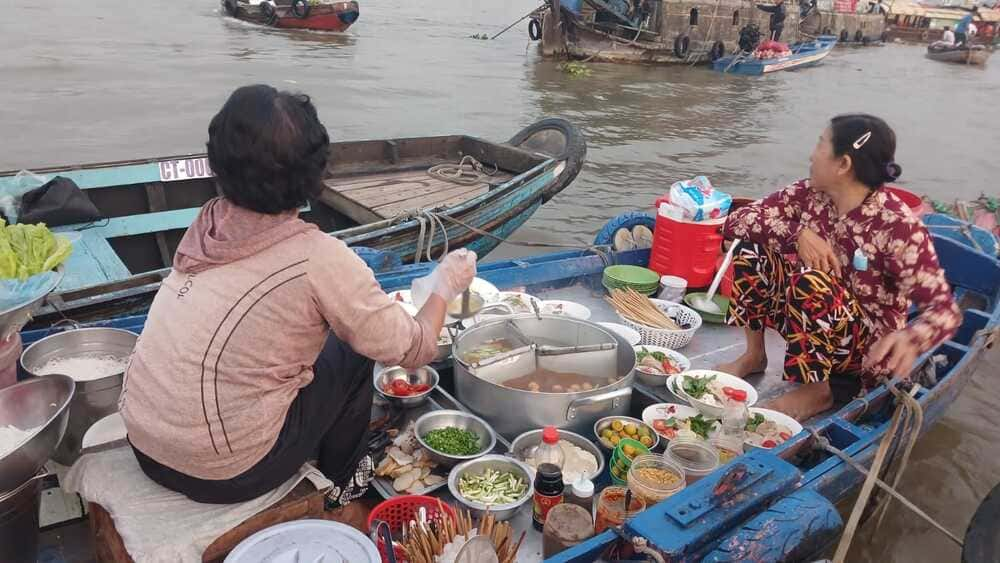
Final Thoughts
Vietnamese food is more than just delicious, it’s a cultural deep dive into bold flavors, fresh herbs, comforting noodles, and sizzling street eats. Every region has something unforgettable to offer.
In summary:
- Vietnamese cuisine is worth traveling for – rich in flavor, culture, and variety
- Try dishes from all regions – don’t just stop at pho and banh mi
- Street food is your best friend – it’s safe, cheap, and often the most authentic
- If you’re Muslim or have dietary restrictions, plan ahead and ask questions clearly
- Eat slowly, explore local spots, and stay curious – every bite has a story
If this list helps you navigate your culinary adventure in Vietnam, give it a share, and don’t forget to say “Ngon quá!” (That’s delicious!) when you find your favorite.
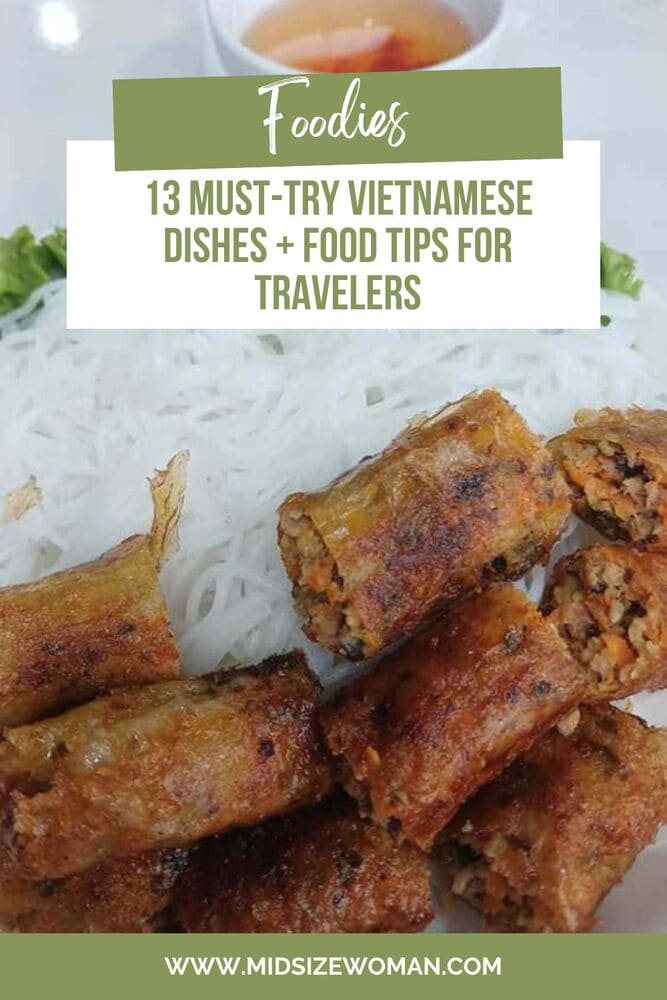
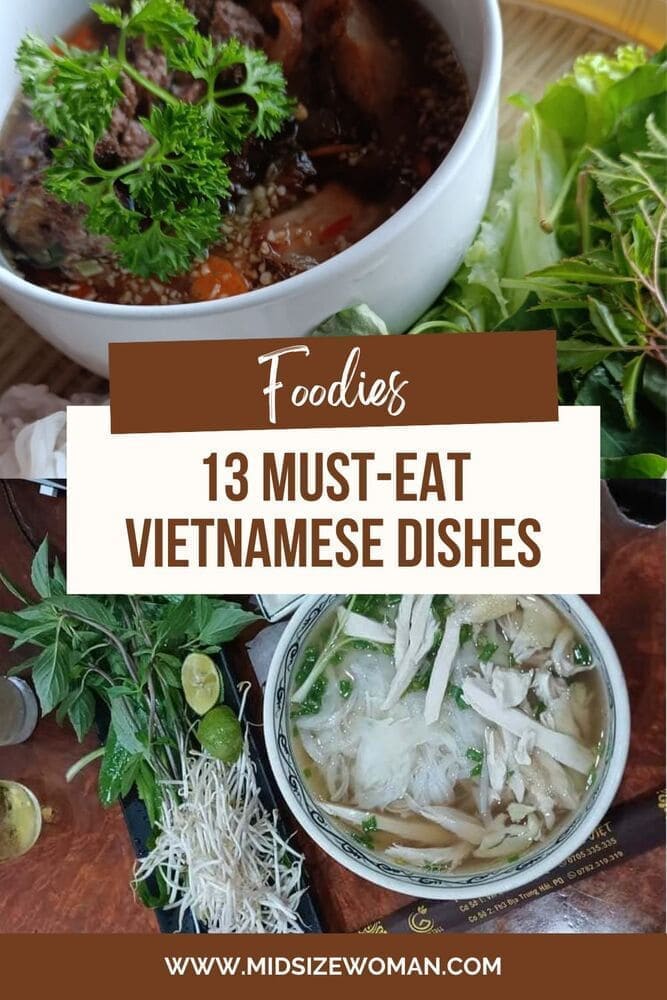
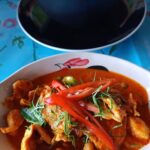

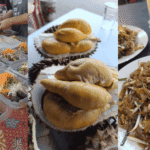







Leave a Reply